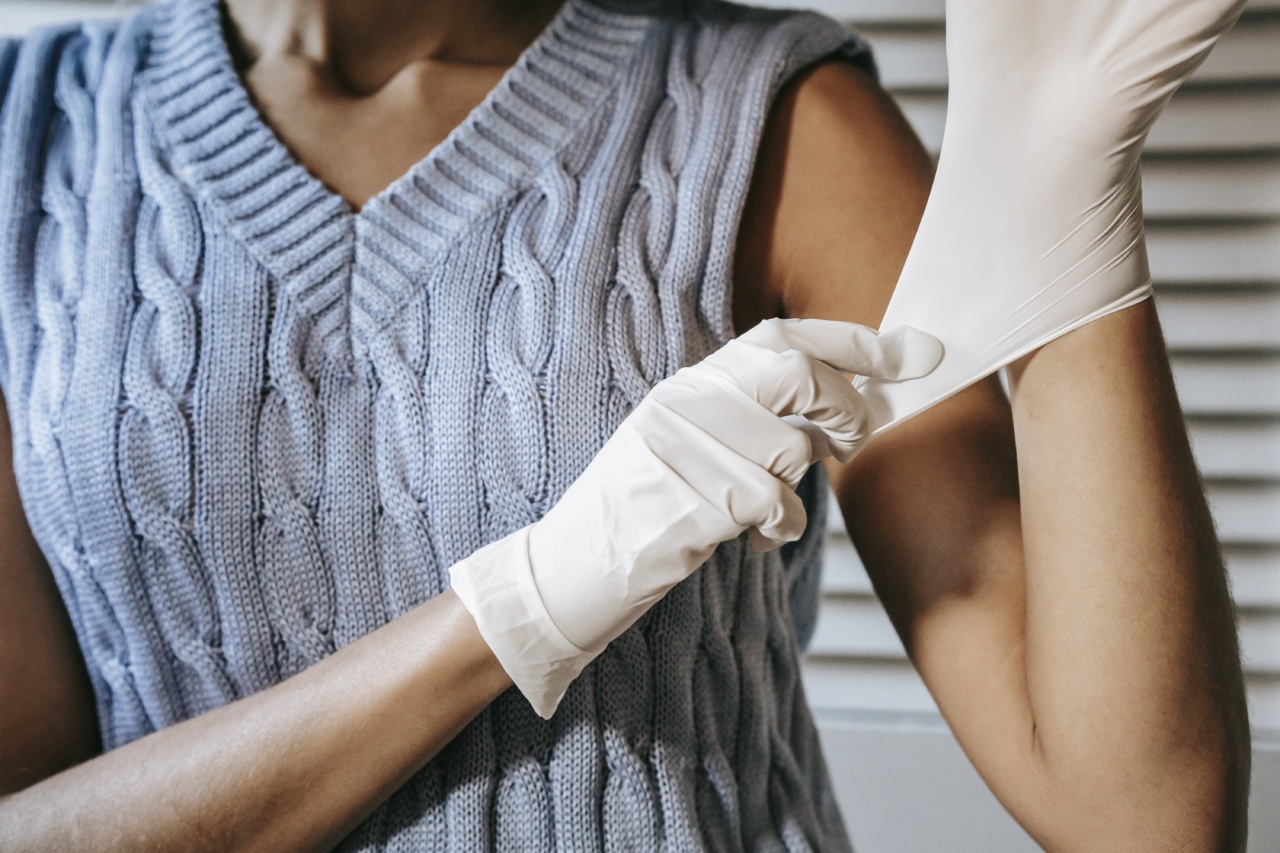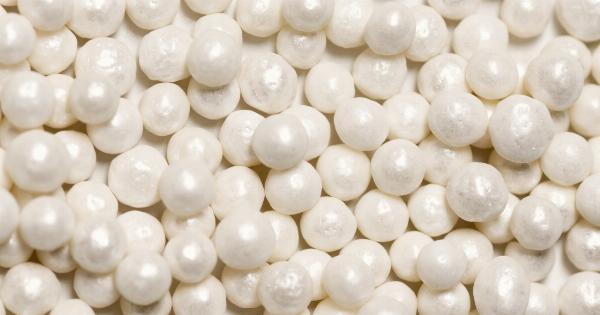Osteoarthritis is a chronic joint disorder that affects millions of individuals around the world. People who suffer from osteoarthritis experience pain, stiffness and swelling in their joints.
The disease is caused by the gradual wearing away of the cartilage that cushions the joints. This leads to bones rubbing against each other, causing pain and discomfort. While there is no cure for osteoarthritis, researchers have found a new way to predict an individual’s risk of developing the disease.
This new method involves measuring the length of one’s fingers.
What is Osteoarthritis?
Osteoarthritis, also known as degenerative joint disease, is the most common form of arthritis. It occurs when the protective cartilage that cushions the ends of bones wears down over time, causing the bones to rub together.
This can lead to pain, swelling and stiffness in the joints. Osteoarthritis can affect any joint in the body, but it most commonly affects the hands, knees, hips, and spine.
What is Finger Length?
Finger length refers to the relative length of the index finger (the second digit) and the ring finger (the fourth digit).
A person’s finger length may be determined by measuring the length of the index finger and the ring finger and comparing them to each other. In some cases, finger length is also referred to as the ‘digit ratio’.
The Link between Finger Length and Osteoarthritis
A recent study conducted by researchers at the University of Nottingham found that individuals with a longer ring finger and a shorter index finger were at a higher risk of developing osteoarthritis.
In particular, the study found that individuals with a digit ratio of less than 0.98 were at a higher risk of developing knee osteoarthritis than individuals with a digit ratio greater than 0.98. The study also found that the same was true for hip osteoarthritis and hand osteoarthritis.
The Science behind Finger Length and Osteoarthritis
The link between finger length and osteoarthritis is not completely understood. However, some researchers believe that it has to do with the hormone testosterone. Testosterone is a male sex hormone that is produced in higher levels in men than in women.
It is known to play a role in bone growth and development. Testosterone is also known to affect the growth and development of the fingers. Specifically, it is believed that testosterone exposure in the womb affects the length of the index finger and the ring finger.
This is why men typically have longer ring fingers than index fingers, while women have shorter ring fingers than index fingers. It is also believed that testosterone exposure may affect the development of the joints, which may increase the risk of osteoarthritis later in life.
Other Risk Factors for Osteoarthritis
While finger length may be a risk factor for osteoarthritis, it is not the only one. There are several other risk factors that may increase an individual’s risk of developing osteoarthritis. These include:.
- Age: Osteoarthritis is more common in older adults, as the wear and tear on joints over time can cause the cartilage to break down;
- Gender: Women are more likely than men to develop osteoarthritis;
- Injury: Injuries to the joint, such as a fracture or a tear in a ligament, can increase the risk of osteoarthritis;
- Obesity: Being overweight puts extra pressure on the joints, which can cause them to break down more quickly;
- Genetics: Osteoarthritis tends to run in families, which suggests that genetics may play a role in the development of the disease;
- Occupation: Certain occupations that require repetitive motions or put extra strain on the joints can increase the risk of osteoarthritis;
- Medical Conditions: Certain medical conditions, such as rheumatoid arthritis or gout, can increase the risk of osteoarthritis.
Prevention and Treatment of Osteoarthritis
While there is no cure for osteoarthritis, there are several things that individuals can do to prevent the disease from developing or to manage the symptoms if they already have it. These include:.
- Exercise: Regular low-impact exercise can help build and maintain strong muscles around the joints, which can help prevent wear and tear on the cartilage;
- Weight Loss: Losing weight can help reduce pressure on the joints, which can help prevent them from wearing down too quickly;
- Joint Protection: Avoiding repetitive motions or activities that put extra strain on the joints can help prevent wear and tear on the cartilage;
- Proper Nutrition: Eating a healthy diet rich in fruits and vegetables, lean protein and whole grains can help keep the joints healthy and prevent inflammation;
- Medication: Over-the-counter pain relievers and anti-inflammatories can help manage the symptoms of osteoarthritis;
- Physical Therapy: Physical therapy can help individuals build strength and flexibility in the joints, which can help prevent or manage osteoarthritis;
- Surgery: In severe cases of osteoarthritis, surgery may be necessary to repair or replace the affected joint.
Conclusion
The link between finger length and osteoarthritis is a fascinating discovery that could help doctors identify individuals at risk for the disease before it develops.
While it is not completely understood why there is a connection between finger length and osteoarthritis, researchers believe that it may have to do with the hormone testosterone and its effect on bone and joint development. Regardless of the cause, it is clear that there are many risk factors for osteoarthritis and many ways to prevent or manage the disease.
By making healthy lifestyle choices and working closely with their healthcare providers, individuals can reduce their risk of developing osteoarthritis and enjoy healthy, pain-free joints throughout their lives.



























